— Studies show brothers are more likely to be diagnosed
with early onset prostate cancer —
Westmont, IL, August 25, 2009 – When former golf pro Joe Leskis of Bartlett discovered he had prostate cancer two years ago at age 55, he was shocked that someone his age with such an active lifestyle could be diagnosed with the “big C”. “Everyone has a fear of cancer and I definitely thought the worst,” he explains.
What came as even more of a shock to Joe was just two years later when his younger brother, Guy, of Winthrop Harbor, and Joe’s former caddy, was diagnosed with prostate cancer at age 53. Like Joe, Guy is an active golfer, traveler and fisherman and neither brother was aware of prostate cancer in their family history. Since their diagnoses, both men have chosen and successfully undergone brachytherapy (radiation seed implantation) treatment at the Chicago Prostate Center and have learned that they may share a hereditary susceptibility predisposing them to early onset prostate cancer.
The Leskis brothers’ story is consistent with new research on prostate cancer. According to an article published in the Journal of Urology, more than 40% of the cases in men diagnosed with prostate cancer before the age of 55 may be due to heredity. Men whose fathers or brothers had prostate cancer are, on average, diagnosed six to seven years earlier than men with no family history of this disease.*”
While both men enjoy an active, healthy and normal lifestyle today, what differentiates the Leskis brothers is how their prostate cancer was diagnosed. Both brothers had blood tests to determine their PSA levels, an indicator of potential cancer cells. Elder brother Joe, after watching his PSA level climb steadily to a score of 11 (desired range is 0-4), discovered his cancer after his urologist performed a traditional, in-office transrectal biopsy (TRPB) which took eight samples of his prostate gland. Guy, on the other hand, watched his PSA slowly climb (any increase in the level can be a warning sign) to a 3.3 and his transrectal biopsy tested negative. Concerned about a rising PSA with no answers, his brother recommended a visit to Dr. Moran who performed a new state-of-the art biopsy called the stereotactic transperineal prostate biopsy (STPB), which he helped develop. Guy’s STPB showed cancer in five of a total 31 samples taken and he, too, underwent brachytherapy at the Chicago Prostate Center.
A study by the Prostate Cancer Foundation of Chicago published in the February, 2009 issue of Urology, shows that among men testing negative for prostate cancer who have had at least one TRPB biopsy, nearly 40% of them will test positive for cancer after undergoing the STPB biopsy.
The Chicago Prostate Center was established in 1997 with the goal of providing patients with comprehensive care focused on the treatment of prostate cancer with brachytherapy. The Chicago Prostate Center is the country’s only free-standing facility dedicated to the treatment of prostate cancer. For more information, visit www.prostateimplant.com or call 630.654.2515. To view theUrology article, visit http://pcfclive.flywheelsites.com or call 630-654-2515.

